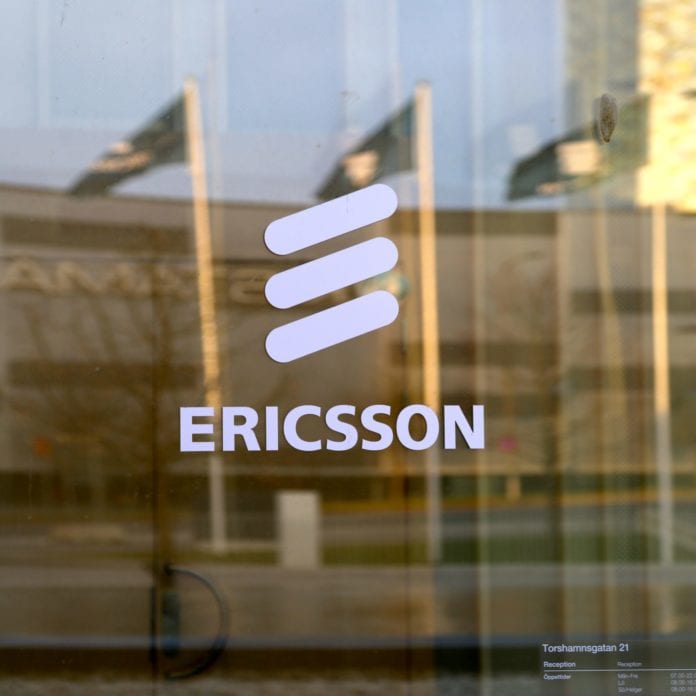Biggest change in 5G core reflected in mission critical communications
In December the 3GPP adopted the non-standalone 5G New Radio (NR) specification and, following a meeting last week in South Korea, the group is poised next month to freeze contributions to the standalone 5G NR spec.
In a recent session at 5G New Horizons Wireless Symposium in Austin, Texas, Peter Linder, head of 5G marketing for Ericsson, discussed the major changes in the core network that will come with the shift from non-standalone to standalone network architectures, the former dependent on interworking with the LTE core, the latter built with a service-based approach and bringing full separation of the user and control planes.
“From an architectural overview, I found that when I started to look at this, a little bit difficult to follow what’s going on, Linder said. He said early 5G implementations will use the non-standalone approach wherein aspects of LTE and 5G are interworked. “This is, I would say, where the momentum is for the things we’re going to see with the most aggressive time plans.”
Relative to the EPC and the new 5G core, “I often get the question,” Linder said, what’s the difference? The 5G core has a service-based architecture. The other things is we’re opening up more APIs in the 5G core for third-party application developers. What you can do with them down the road is different.”
He noted that early 5G plans center around delivering the enhanced mobile broadband use case using fixed wireless access. In increasingly converged network environments, the goal with 5G is to enable fixed, mobility, wired and other types of connectivity through the same core.
“As we start mixing just mobile an fixed wireless traffic, fixed wireless subscribers perhaps consuming 100-times as much traffic as a mobile subscriber, so it’d only take 1 million fixed wireless subscribers to double the traffic in a mobile network for 100 million mobile users. It becomes important looking at how we can both scale and lifecycle manage different network functions independently. This is a more comprehensive picture of what the 5G core architecture looks like.”
Linder called out mission critical machine-type communications as “where we see perhaps the biggest changes. The user plane being brought out as far as we saw for enhanced mobile broadband, but also changes int he structure for control plane, and also the fact we can combine this at different points in the network dependent on what the service requirements are.”

